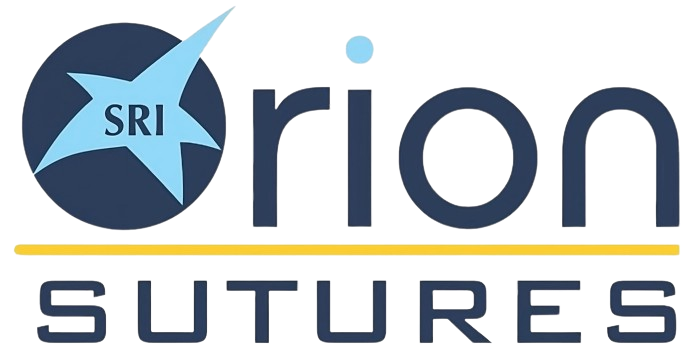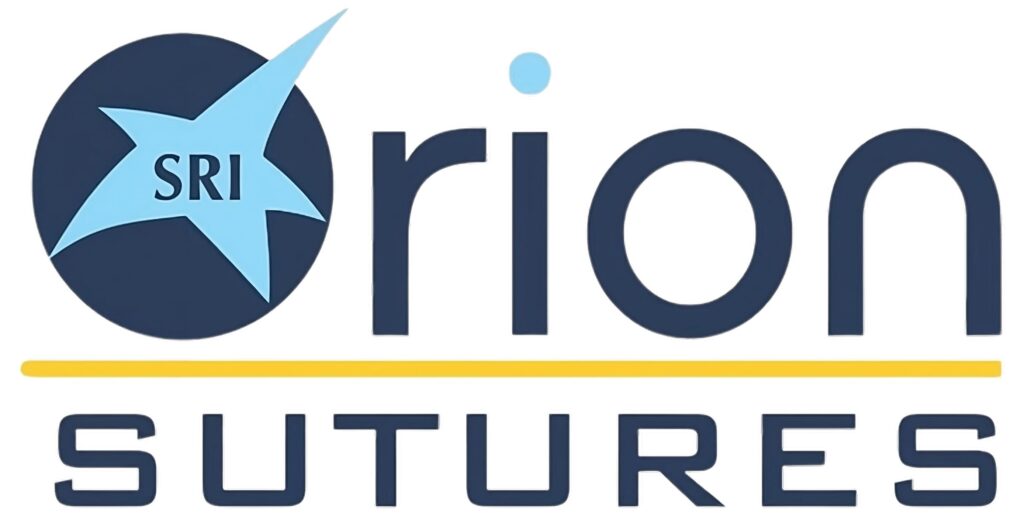The advent of minimally invasive surgery has transformed medical procedures in recent decades. Rather than making large incisions to access internal anatomy, surgeons now utilize techniques like laparoscopy, whereby only small incisions are made to insert tiny cameras and instruments. The benefits for patients are immense: shorter recovery times, less pain and scarring, and a reduced risk of infection. However, the reduction in incision size poses challenges for closure that innovative suture materials are answering. Specifically, pga absorbable suture, or polyglycolic acid absorbable surgical sutures, have become an indispensable tool for minimally invasive procedures.
Improved patient outcomes
The small incisions necessitated by minimally invasive techniques like laparoscopy call for equally tiny, meticulous sutures to close them. Conventional closure materials are too bulky and inflexible for these specialized applications. In contrast, PGA absorbable surgical sutures offer the ideal combination of strength, flexibility, and reliability to meet the demands of reduced-access surgery. PGA sutures provide tension-free wound support, while their minimal footprints enable precise placement in confined surgical sites. Rather than introduce foreign material that could trigger inflammation or scar tissue, PGA sutures are engineered to be safely absorbed by the body over time. The collective attributes of these sutures translate to improved patient outcomes: faster recovery, lower infection rates, and less scarring.
Specialized Materials and Properties
What gives PGA-absorbable surgical sutures their unique suitability for minimally invasive procedures? As the name denotes, they are manufactured from PGA, or polyglycolic acid, a tried and tested polymer valued for its strength, flexibility, and capacity to dissolve safely. The meticulous engineering of PGA suture material imparts coveted performance properties like superior tensile strength to provide wound support. However, PGA chains also readily hydrolyze into non-toxic constituents that are easily resorbed. The key is optimizing polymer synthesis to confer mechanical integrity when needed, followed by gradual absorption over days or weeks with no adverse effects. Such a fine-tuned design enables PGA sutures to provide robust closure and then harmlessly degrade once healing is complete.
Custom Solutions for Specialized Applications
Modern PGA absorbable surgical suture technology allows for extensive customization to meet the needs of diverse minimally invasive applications. Filament construction, caliber, tensile strength, and absorption rate can all be tuned. This permits the engineering of suture solutions tailored to the unique demands of particular procedures or placement locations. For example, flexor tendon repair in hand via narrow endoscopic portals requires an exceptionally fine, flexible PGA suture with rapid absorption to avoid restriction of the repaired tendon. Alternately, closure of the uterus or deeper tissue layers after laparoscopic hysterectomy necessitates a larger-caliber, slower-absorbing PGA suture that retains integrity for weeks before absorption. Such customization expands the usefulness of PGA sutures for the specialized closure demands of minimally invasive surgery.
Conclusion
In summary, sophisticated pga surgical suture technology is revolutionizing minimally invasive procedures by enabling strong, precise closure of barely visible sites through tiny access incisions. When wound support requirements are temporary, PGA sutures provide tension-free healing and then harmlessly absorb, translating to enhanced patient outcomes. Their unmatched combination of strength, flexibility, and programmable absorption underlies the essential role of PGA sutures in reduced-invasiveness surgery. As this transformative mode of operation continues to expand, so too will innovations in PGA absorbable suture engineering and customization. The next frontier of advances promises even more ways these specialized sutures can convert small incisions into faster healing, better scarring, and less pain for patients.

